Схожие частицы материи и антиматерии обладают идентичными физическими свойствами, сообщила пресс-служба BNL
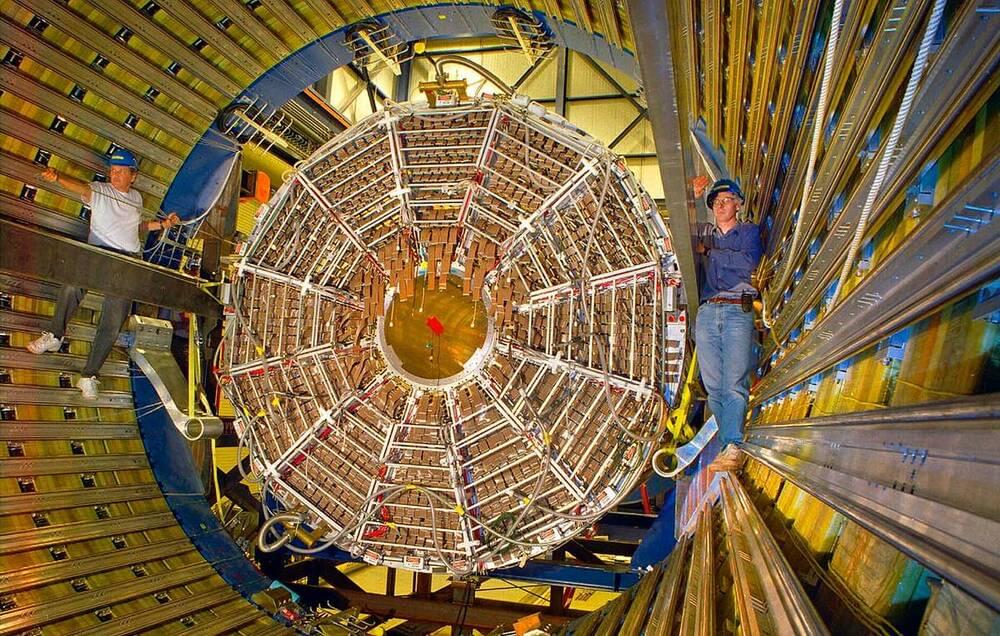

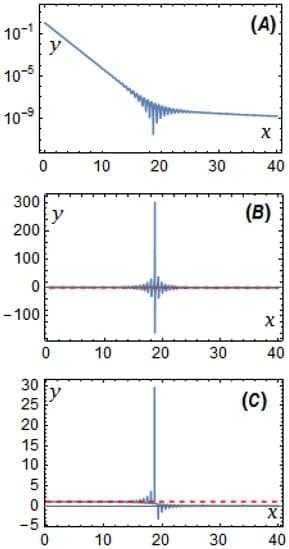
Read the paper published in our journal Symmetry:, which has been viewed many times, authored by Krzysztof Urbanowski (Uniwersytet Zielonogórski)
Estimates of the Higgs and top quark masses, mH≃125.10±0.14 [GeV] and mt≃172.76±0.30[GeV], based on the experimental result place the Standard Model in the region of the metastable vacuum. A consequence of the metastability of the Higgs vacuum is that it should induce the decay of the electroweak vacuum in the early Universe with catastrophic consequences. It may happen that certain universes were lucky enough to survive the time of canonical decay, that is the exponential decay, and live longer. This means that it is reasonable to analyze conditions allowing for that. We analyze the properties of an ensemble of universes with unstable vacua considered as an ensemble of unstable systems from the point of view of the quantum theory of unstable states. We found some symmetry relations for quantities characterizing the metastable state.
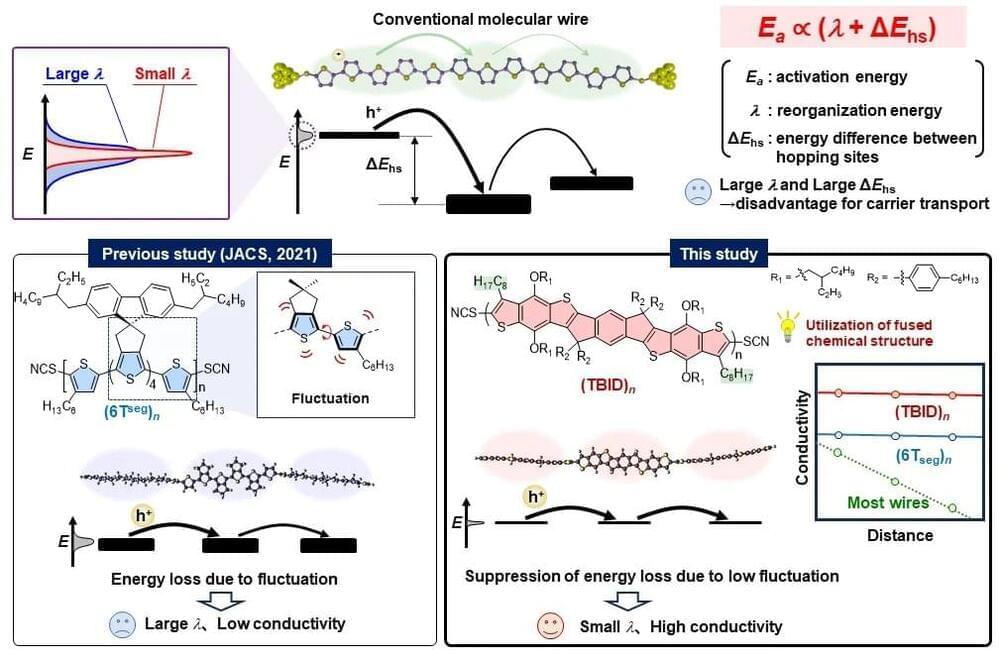
From the high-voltage wires that carry electricity over long distances, to the tungsten filaments in our incandescent lights, we may have become accustomed to thinking that electrical conductors are always made of metal. But for decades, scientists have been working on advanced materials based on carbon-based oligomer chains that can also conduct electricity. These include the organic light-emitting devices found in some modern smartphones and computers.
In quantum mechanics, electrons are not just point particles with definite positions, but rather can become ‘delocalized’ over a region. A molecule with a long stretch of alternating single-and double-bonds is said to have pi-conjugation, and conductive polymers operate by allowing delocalized electrons to hop between pi-conjugated regions – somewhat like a frog hopping between nearby puddles. However, the efficiency of this process is limited by differences in the energy levels of adjacent regions.
Fabricating oligomers and polymers with more uniform energy levels can lead to higher electrical conductivity, which is necessary for the development of new practical organic electronics, or even single-molecule wires.
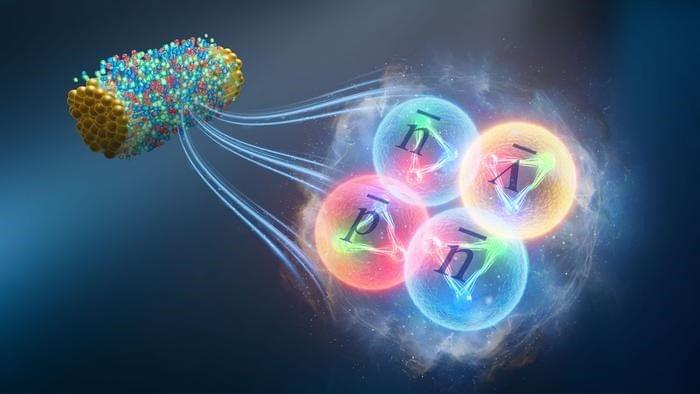
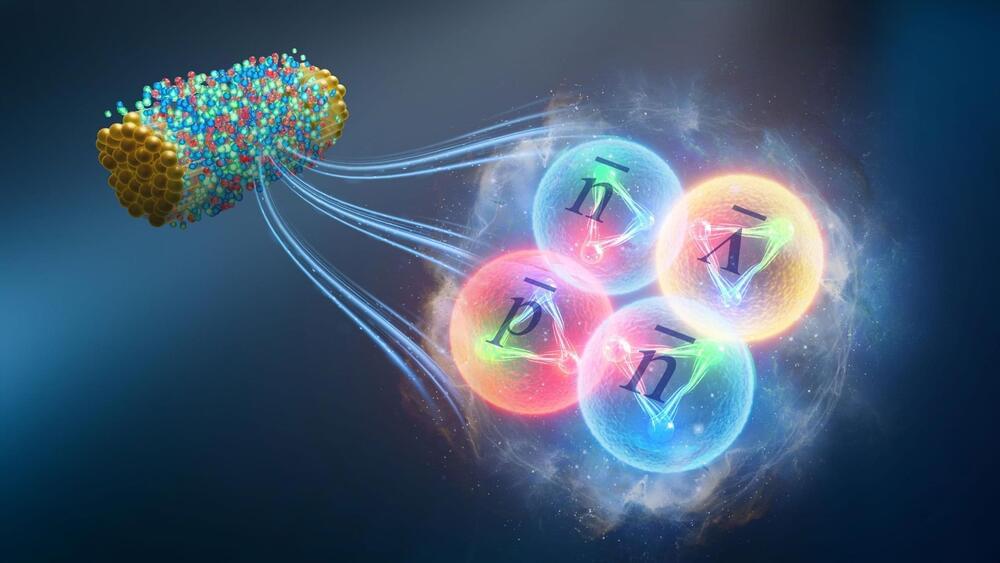
Scientists sifting through six billion particle smashups detect roughly 16 “antihyperhydrogen-4” particles, the heaviest antimatter nucleus discovered to date.
A groundbreaking discovery of the heaviest antimatter nucleus yet has been made at the RHIC, involving an antiproton, two antineutrons, and an antihyperon. This research aids in understanding why matter dominates the universe and confirms the fundamental properties of antimatter, suggesting no significant differences in particle decay rates compared to matter.
Discovery of a new antimatter nucleus.
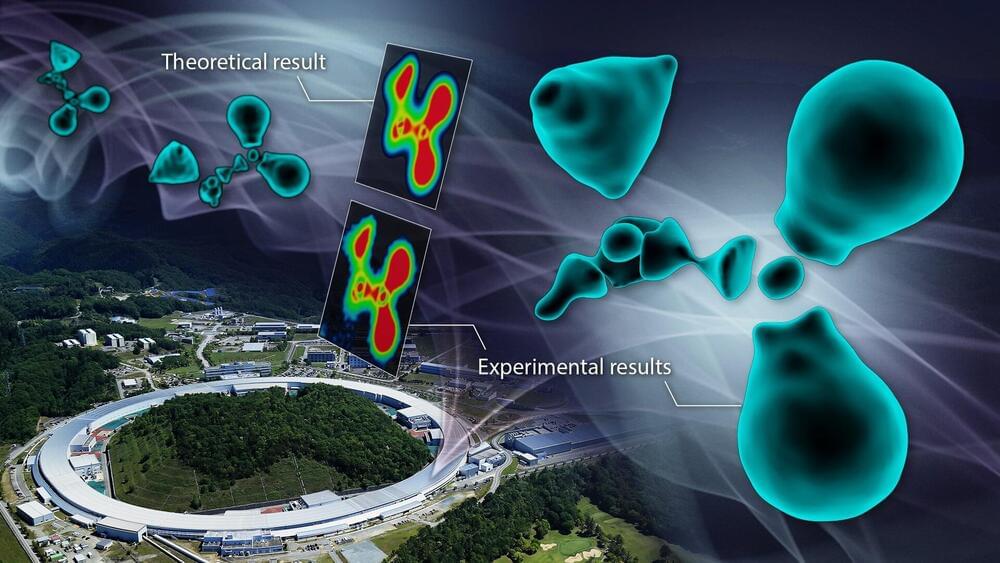
The distribution of outermost shell electrons, known as valence electrons, of organic molecules was experimentally observed for the first time by a team led by Nagoya University in Japan. As the interactions between atoms are governed by the valence electrons, their findings shine light on the fundamental nature of chemical bonds, with implications for pharmacy and chemical engineering. The results were published in the Journal of the American Chemical Society.
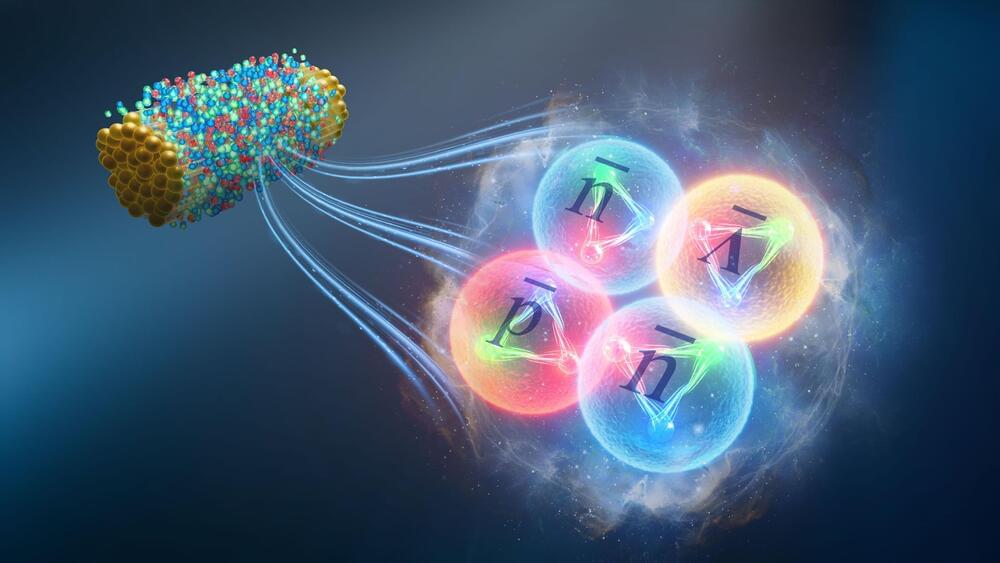
Scientists studying the tracks of particles streaming from six billion collisions of atomic nuclei at the Relativistic Heavy Ion Collider (RHIC)—an “atom smasher” that recreates the conditions of the early universe—have discovered a new kind of antimatter nucleus, the heaviest ever detected. Composed of four antimatter particles—an antiproton, two antineutrons, and one antihyperon—these exotic antinuclei are known as antihyperhydrogen-4.
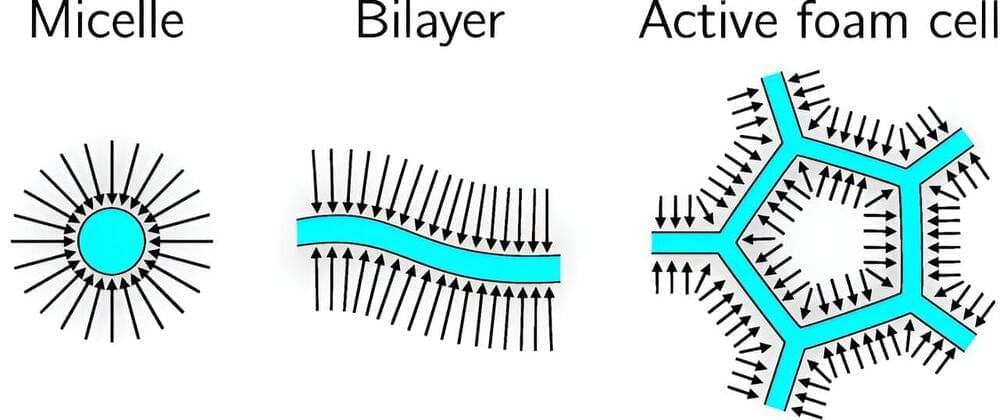
Many fundamental processes of life, and their synthetic counterparts in nanotechnology, are based on the autonomous assembly of individual particles into complex patterns. LMU physicist Professor Erwin Frey, Chair of Statistical and Biological Physics at LMU Munich and member of the ORIGINS Excellence Cluster, investigates the fundamental principles of this self-organization.

I wonder if the common relativistic wave equations contain a sort of soliton solutions, which might be considered as particle localisations.